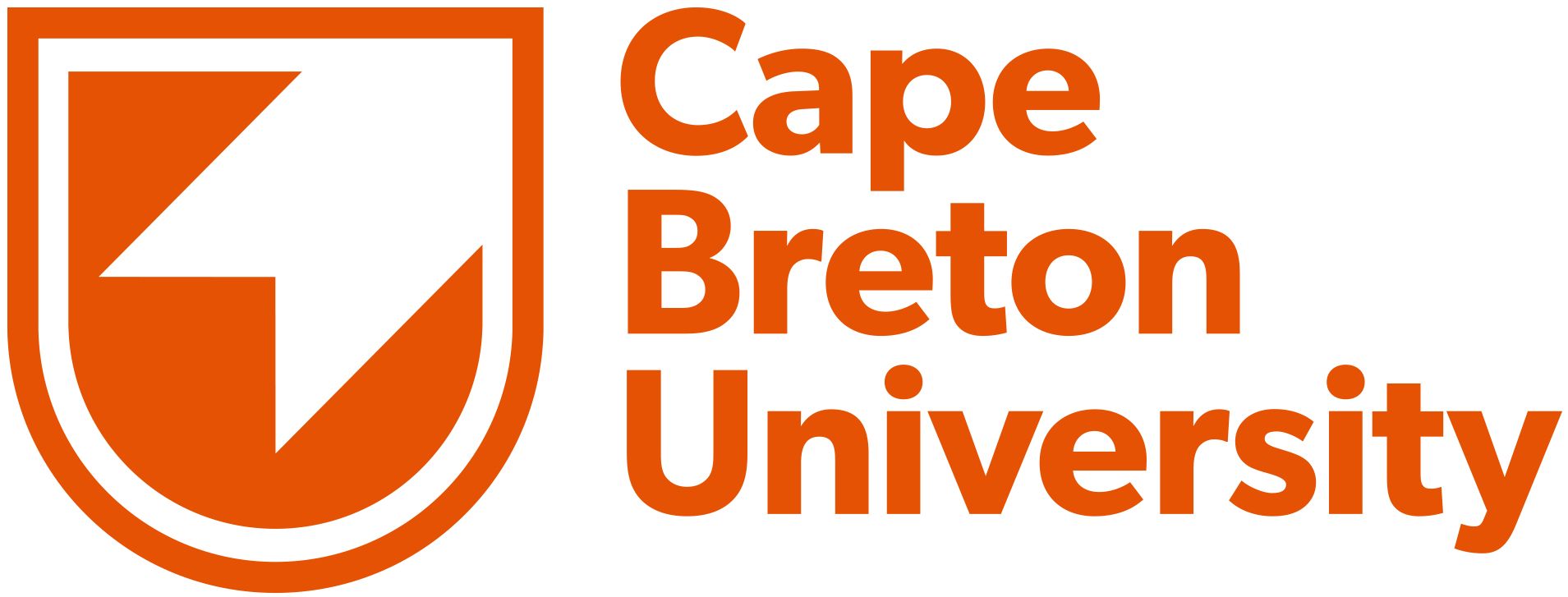Data Analysis and Visualization - F24
Main contact
Timeline
-
October 22, 2024Experience start
-
December 14, 2024Experience end
Experience scope
Categories
Data visualization Data analysisSkills
planning adult education project planning communication computer science data visualization data analysisThis course is part of the Data Analytics certificate program. Students in the program
are adult learners with a post-secondary degree/diploma in computer science,
engineering, business, etc.
The students learn how to perform exploration of data in order to discover meaningful
information to solve problems, and will allow for the application of analytics life cycle in
the context of planning to solve a business problem. Emphasis is placed on framing the
problem, proposing an analytics solution, communicating with stakeholders, and
establishing an analytics-focused project plan. Common data visualization tools and
techniques are explored and used as students learn best practices for the presentation
and communication of analytical solutions and insights.
Learners
The final project deliverables will include:
- A report on students’ findings and details of the problem presented
- Future collaboration ideas will be identified based on current project outcomes
Project timeline
-
October 22, 2024Experience start
-
December 14, 2024Experience end
Project Examples
Requirements
The project should provide an opportunity for the students to collaborate with the project sponsor to identify and translate a real business problem into an analytics problem. The projects can be short, where the students can apply their learnings to address the sponsors business problem. Some examples are:
- Describe the Data Analytics Lifecycle, its stages how they complement each other and applicability to the business problem
- Explore, cleanse and extract data to determine the technical and analytical feasibility of presenting viable solutions to address business problem(s)
- Design viable data analytics solution(s) to a set of specific business needs.
- Assess data management tools to perform ETL (Extract Transform and Load) activities
- Examine and create data visualizations that effectively communicate with audiences at various organizational levels
- Present data management and project management principles related to the Data Analytics Lifecycle in addressing the business problem
You should submit a high-level proposal/business problem statement including relevant data sets and definitions, a list of acceptable tools (if applicable), and expected deliverables. Business datasets could be provided based on a non-disclosure agreement or in an anonymized/synthetic data format that is relevant to your organization and business problem. The course instructors will review the documents to confirm the scope and timing of the proposed problem and its alignment with the capstone course requirements.
Analytics solution may be applicable for (however they are not limited to) the following topics:
- Customer acquisition and retention
- Cross-sell and upsell opportunities
- Develop high propensity target markets
- Customer segmentation (behavioral or transactional)
- New Product/Product line development
- Ranking markets by potential revenue
To ensure students’ learning objectives are achieved, we recommend that the datasets are at least 20,000+ rows in size. Data need to be ‘clean’. If more than one database is provided, which must be conjoined, students will be required to integrate them. This supports the learning experience and minimizes partner data preparation.
Main contact
Timeline
-
October 22, 2024Experience start
-
December 14, 2024Experience end
